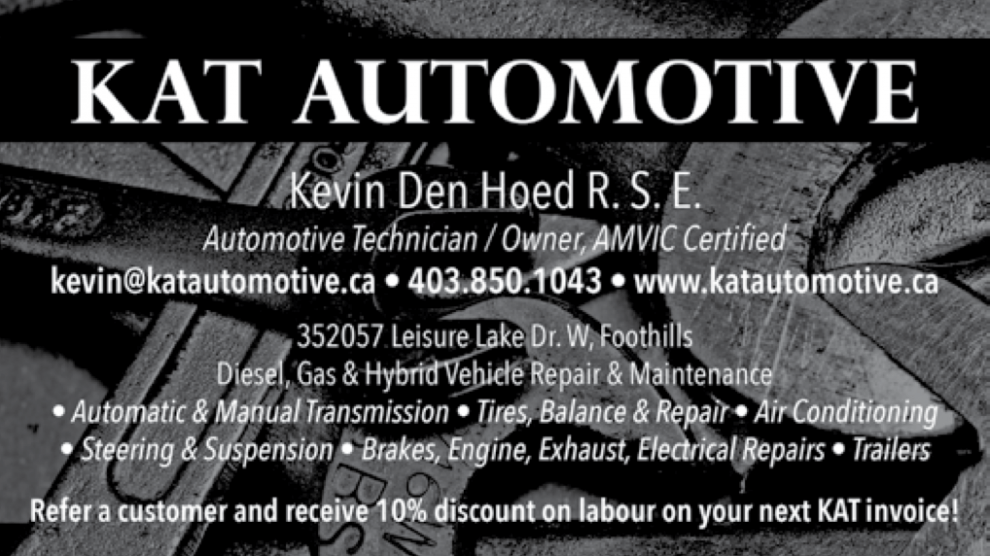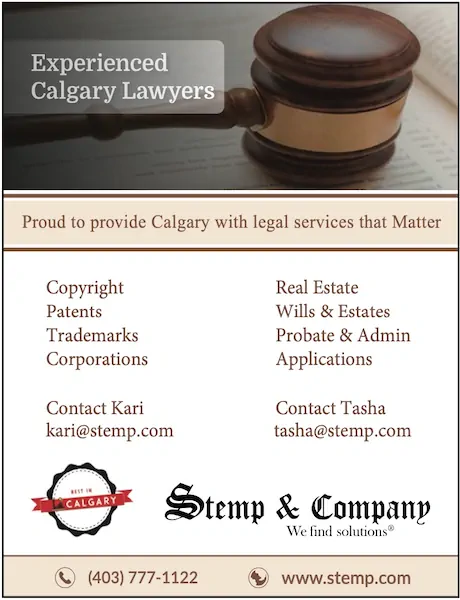Tire Talk
With winter approaching many people switch to winter tires. There is so much information regarding tires that it can be overwhelming. We hope this article will answer some questions and educate your decision-making process.
Many people are not even aware what the difference is between Winter tires/All season tires/All weather tires/Summer tires/M&S/Directional tires/Studded tires/Speed rated tires/Low emission tires/ tire tread design/road hazard warranty/life expectancy/ load rating/ and the P,LT, T, S, Z rating all have different ratings for tires.
Tires give you your traction for starting especially in the snow and ice but the biggest thing you always need to keep in mind is your tire surface in contact with the ground keeps you in control during cornering and stopping at all speeds.
The stopping distance at a certain temperature is an example a tire manufactures is required to meet as a specification to be rated as a Winter, All season tire, Three peak (all weather) tire, or Summer tire, but keep in mind you can pass an exam with 50% but 90% is better. Studded tires offer the best traction on ice, but with new rubber compounds in winter tire manufacturing and the fact that winter tires are only legal for use during the winter months or in some states and provinces not at all with fines of up to $2500 this may not be a viable option.
Tread design is a big factor for traction and wear, a smoother ribbed tire has better wear, longer lasting, less road noise than a mud and snow (M&S) tire which typically has larger “blocks” designed into the tread to grab better for traction. A winter tire has “syiping” to help with traction to the road in snow and water, with a more block design for better traction. Additionally, a winter tire is made with a softer rubber compound giving the tire better traction in the colder weather, but this accelerates wear driving in a warm temperature. Directional tires are designed to allow snow and water to be pushed out from under the tire removing that medium from between the tire and road for better traction. An all-weather (three peak) tire typically is a winter tread design with a harder rubber compound to handle driving in the summer heat. All season tires are typically more ribbed in design not meeting a winter designation and considered a summer tire when running two sets of tires (winter and summer) Winter, all season, all weather (3 peak) tires may all come with different degrees of tread designs depending on the manufacture choice of designs.
All tires must meet the basic specifications for each category but they may exceed that basic standard. Tire manufacturers and tires are rated as tier 1-3 or entry level to a top end tire. Entry level or tier 1 tires usually do not rate as high for longevity and may not balance as well as a tier 3 tire but may be significantly less in cost. Additionally depending on tread design a brand name tire may not rank as high for traction in winter driving or tire wear. All manufactures should offer a defective warranty, but some tire manufactures offer additional road hazard warranty should the tire be damaged beyond repair.
There are several questions that need addressed when choosing tires for your vehicle. What are your driving needs, highway, city, short trips, little winter driving, winter driving through the mountains (requires winter rated)? Is your vehicle all wheel, four-wheel, front wheel, or rear wheel drive? Do you have storage available for two sets of tires? What is the vehicle, does it require a certain speed rating to meet the handling characteristics for that vehicle? Changing the tire size from original changes the handling, characteristics, ride, stopping distance and fuel economy of the vehicle. How long are you keeping your vehicle, is a winter tire and all-season tire worth the initial investment vs running one all-weather tire as a compromise? Do you have a brand loyalty or dislike? What is your budget for tires?
With all maintenance items on your vehicle, when considering tires, we recommend you think of your vehicle as an investment and how to look after your investment. Driving habits and wheel alignments are large factors in extending the life of your tires. One of the biggest factors overlooked to extend the life of your tire is the requirement of them to be rotated every 8000-10000km. With many vehicles now travelling 12000-16000km between oil changes, it is good practice to have your tires rotated every oil change to extend their life, but better to have them rotated when required. Additionally tire pressure not only effects the handling and ride of the vehicle it can drastically change a vehicles fuel economy, 8psi low on one tire can reduce the fuel economy by 4% (4 tires low 16% loss in fuel economy). Over inflation or under inflation also drastically reduce the life of the tire. Tire pressure monitor systems help keep your tire operating pressure correct and if your vehicle is not equipped with TPMS have the tire pressure checked every oil change or after large temperature changes.
The KAT Automotive team would be happy to discuss your tire choice, as well as any other vehicle maintenance questions you may have. 403-850-1043


























